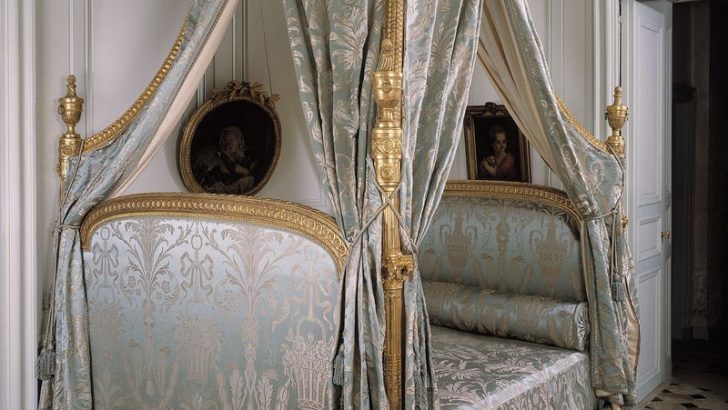Explore the fascinating world of furniture design with our look at 12 pieces from the past that have disappeared. These items, once common in households, offer a glimpse into the lifestyles and aesthetics of bygone eras. Each piece tells a story, reflecting the social and cultural nuances of its time. Join us as we uncover these forgotten treasures and appreciate the craftsmanship that has since faded into history. From ornate to functional, these pieces were an integral part of daily life, now replaced by modern conveniences. Discover their charm and the history they represent.
1. Chamber Horse
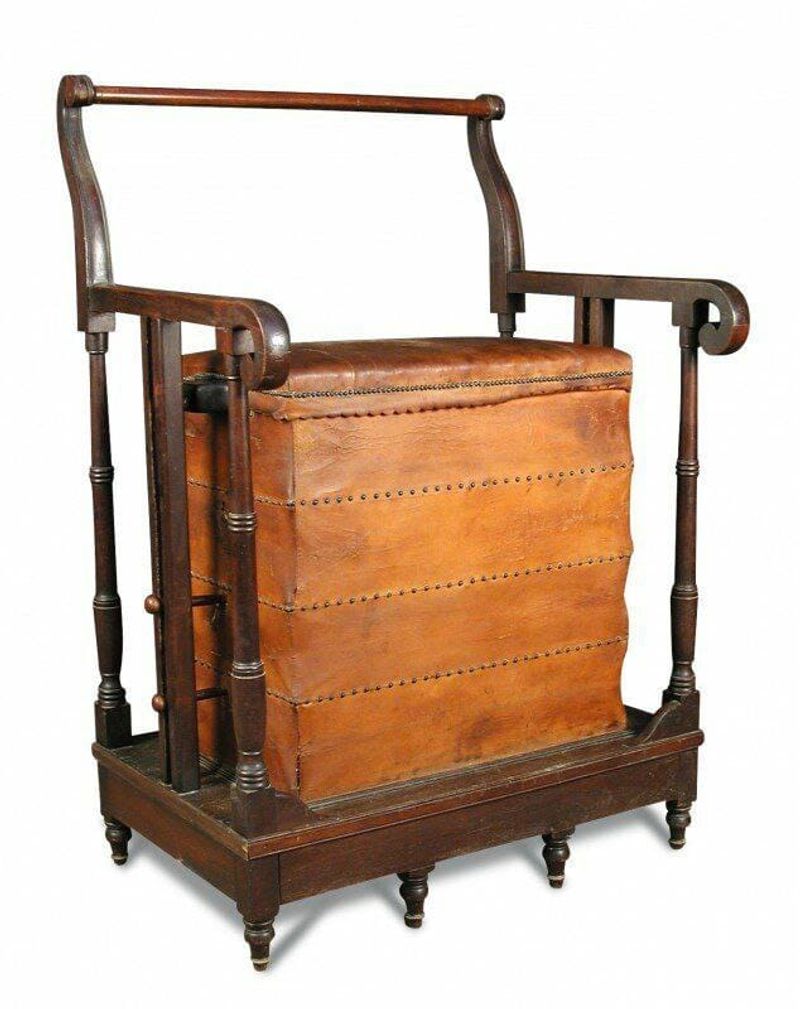
In the age before gyms, the chamber horse was a beloved piece of furniture for exercise enthusiasts. This contraption, resembling a cross between a chair and a springboard, allowed individuals to bounce for health benefits. Made primarily of wood, it featured leather straps and metal springs.
Chamber horses were popular among the upper classes in the 18th century, providing a convenient way to maintain fitness indoors. They were often found in grand estates where space permitted such luxuries.
Sadly, with the advent of more efficient exercise equipment, the chamber horse has become a relic of the past.
2. Cradle Scuttle
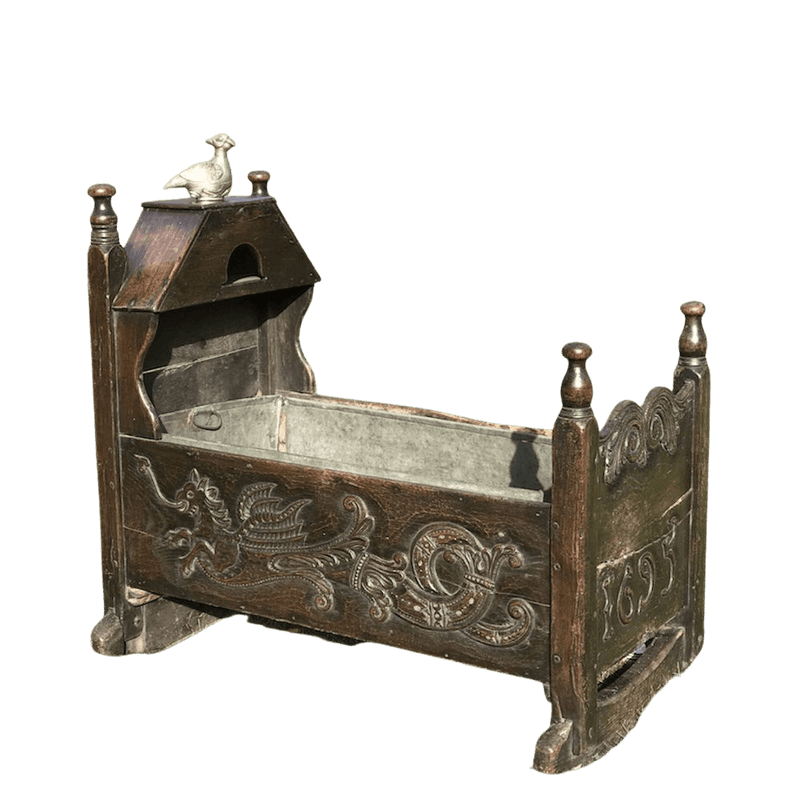
Once a staple in homes, the cradle scuttle served both aesthetic and practical purposes. This beautifully carved wooden container was used for storing coal or kindling near the fireplace. Its dome lid and ornate handles made it a decorative piece in its own right.
Cradle scuttles were particularly popular in the 17th century, reflecting the elaborate craftsmanship of the era. They often featured intricate carvings that showcased the artisan’s skills.
However, with the decline of coal heating and the rise of modern heating systems, cradle scuttles have largely vanished from contemporary homes.
3. Canopy Bed with Tester
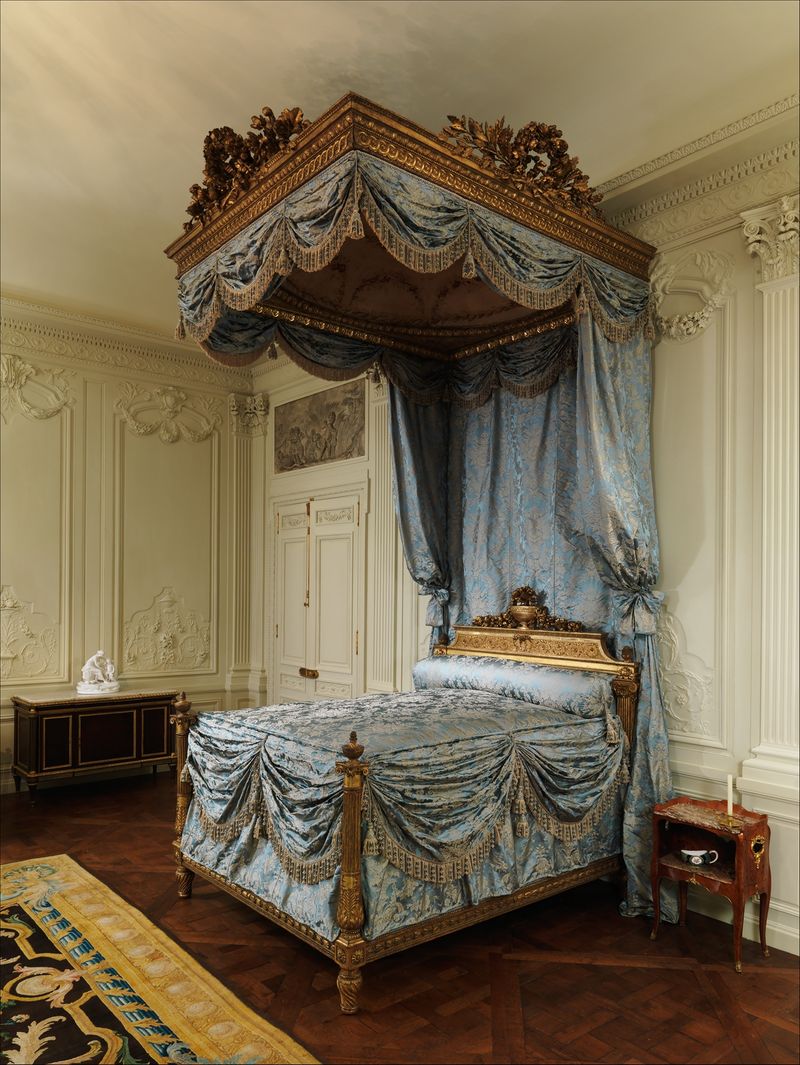
The canopy bed with tester was a symbol of luxury and privacy. These beds, draped with heavy fabrics, were designed to keep warmth in and drafts out. The tester was a wooden framework that supported the canopy, adding grandeur to the bed.
Originating in the medieval period, these beds were often found in castles and belonged to nobility. They served as a private sanctuary within the large, draughty rooms of the time.
Despite their grandeur, modern heating and architectural advancements have rendered these beds obsolete in contemporary settings.
4. Corner Chair
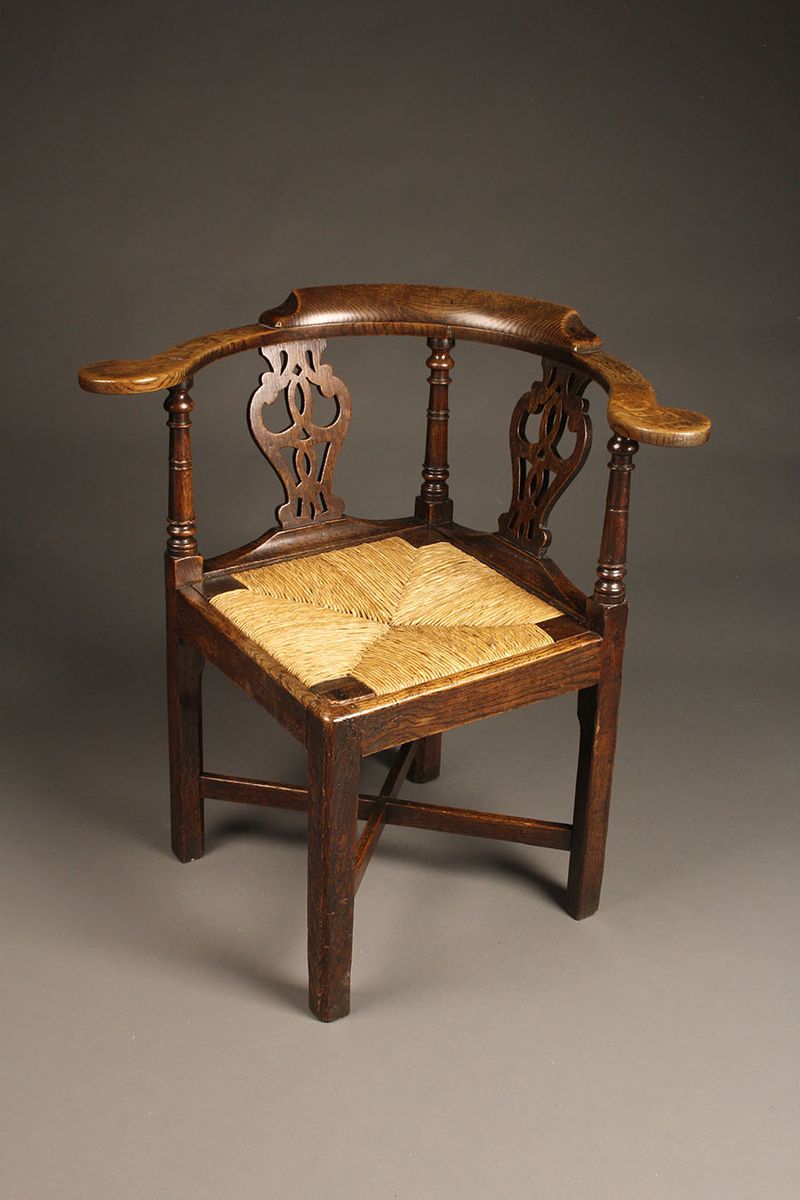
The corner chair was an ingenious solution for utilizing space efficiently. Designed with a unique shape, it could fit neatly into a room’s corner, offering both functionality and style. Crafted from fine woods like mahogany, it was often adorned with carvings.
These chairs gained popularity in the 18th century, especially in colonial America, where space was a premium. They were often used in studies or parlors.
Today, the corner chair is a rare find, having been replaced by more modern seating options that cater to contemporary design aesthetics.
5. Fainting Couch
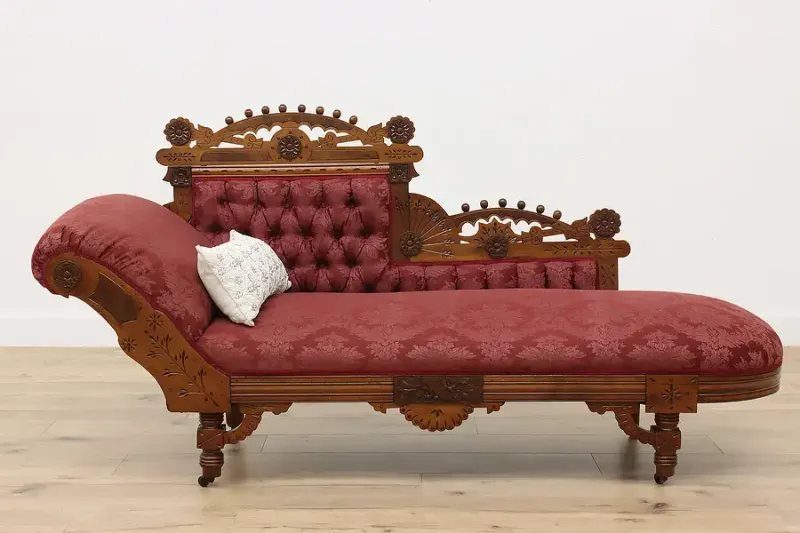
The fainting couch was a hallmark of Victorian elegance and practicality. Designed with a single armrest and a sloping back, it provided a comfortable recline for ladies in corsets who might feel faint.
These couches were commonly found in drawing rooms during the 19th century. They were not just functional but also a statement piece, often upholstered in luxurious fabrics like velvet.
As fashion evolved and corsets fell out of favor, so did the need for fainting couches. They have since become a charming curiosity of the past.
6. Field Bed
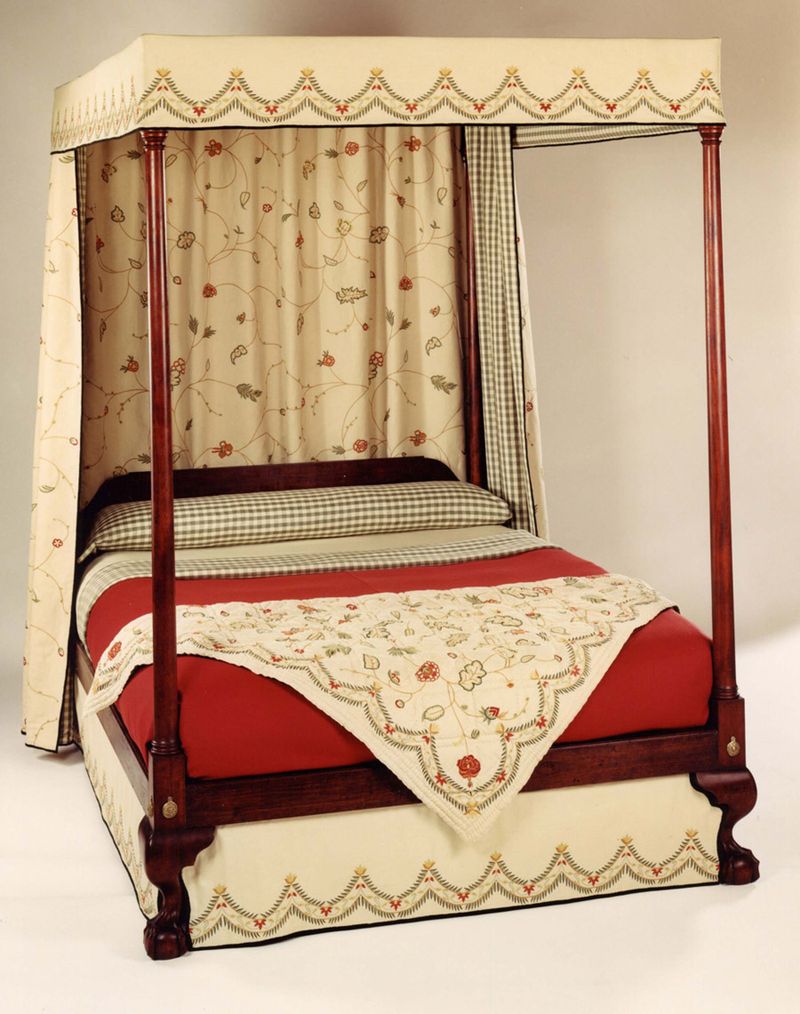
Field beds were the epitome of mobile comfort for travelers and soldiers. These lightweight, portable beds featured a simple wooden frame and a canvas canopy, providing both rest and protection from the elements.
Common in the 19th century, they were a practical choice for pioneers and military campaigns. Their collapsible design made them easy to transport.
However, with modern advancements in camping equipment and permanent housing, field beds have largely disappeared, leaving behind a legacy of adaptability and resourcefulness.
7. Girandole Mirror
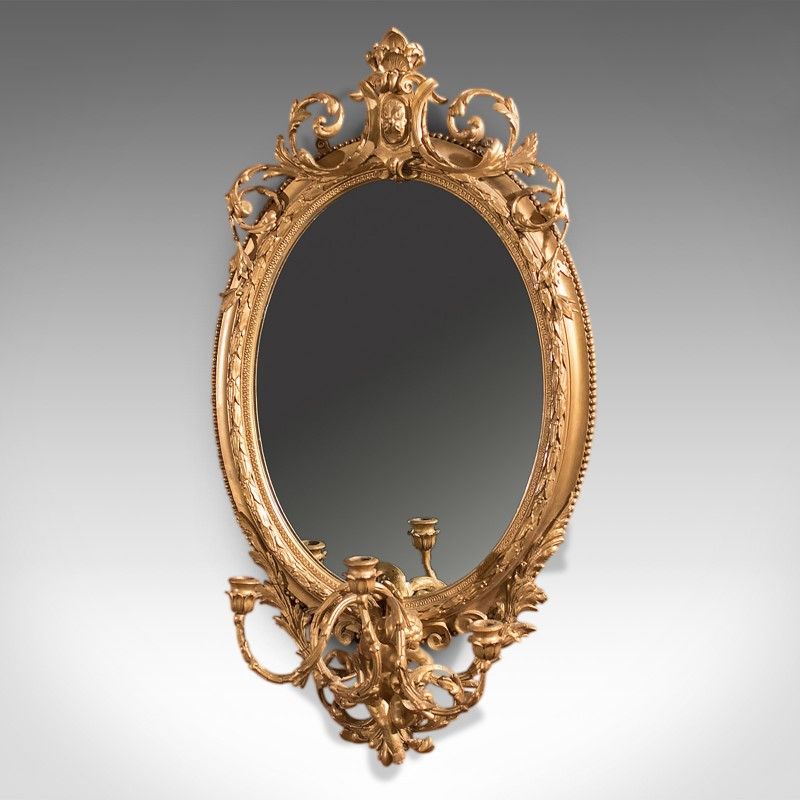
The girandole mirror was both a decorative and functional piece, enhancing the light in a room with its attached candle holders. These mirrors, often gilded and ornately carved, were a testament to the intricate artistry of the Georgian period.
They were strategically placed to reflect candlelight, brightening the ambiance of an evening gathering. Found in the homes of the affluent, they added opulence and sophistication.
With the advent of electric lighting, the girandole mirror’s practical use diminished, yet its beauty remains admired in antique collections.
8. Hogarth Chair
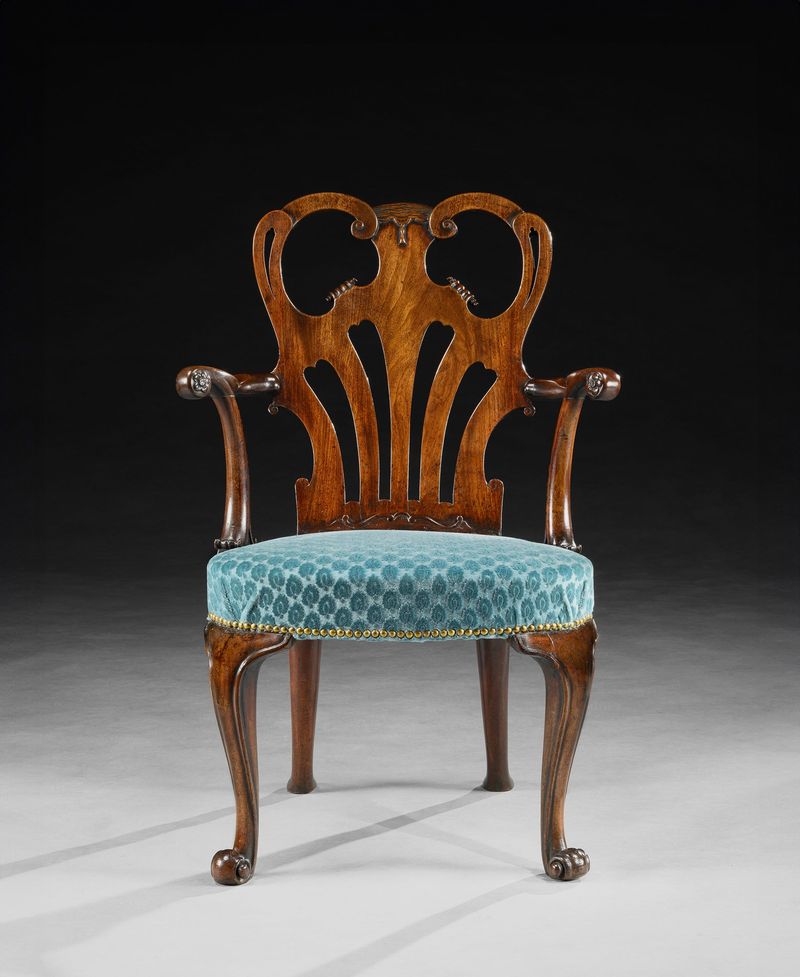
Embodying the elegance of the Rococo period, the Hogarth chair was known for its elaborate carvings and sumptuous upholstery. Named after the artist William Hogarth, its design was as much about aesthetics as comfort.
These chairs were a staple in 18th-century drawing rooms, adding flair to social gatherings and artistic salons. Their intricate designs reflected the lavish tastes of the time.
While such opulence might be admired today, the practicality of the Hogarth chair has waned, making it a rare and cherished find in antique circles.
9. Kneehole Desk
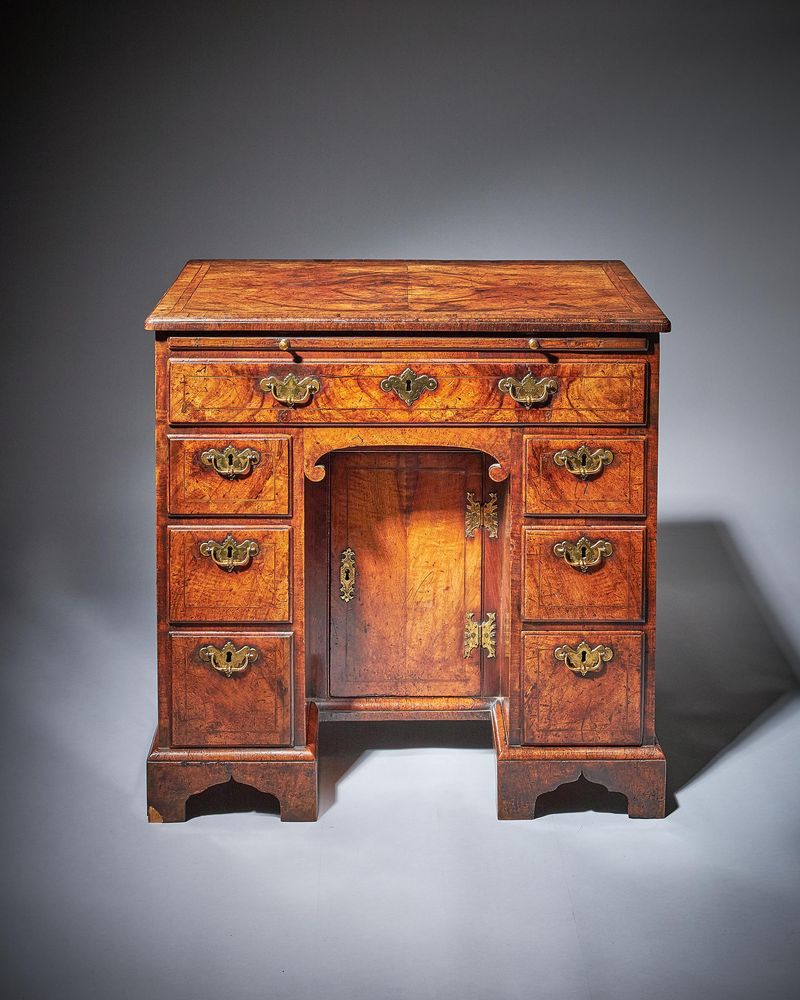
The kneehole desk was a marvel of practical design, providing ample storage and workspace. With its multiple drawers and central space for sitting, it became a staple in 18th-century studies and libraries.
Crafted from rich woods like walnut, these desks were both functional and aesthetically pleasing, often showcasing intricate inlays and carvings.
Though modern desks have evolved to suit contemporary demands, the kneehole desk remains a symbol of classic elegance, all but vanished from everyday use but still cherished by collectors.
10. Lit à la polonaise
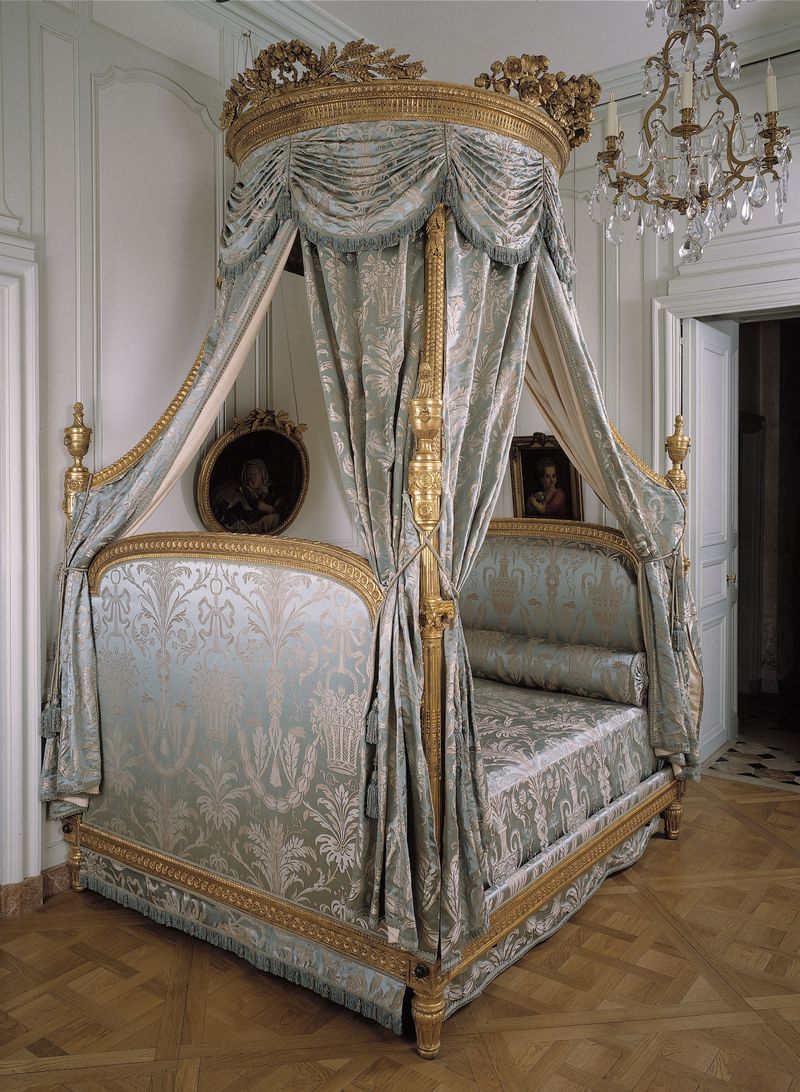
The lit à la polonaise was a bed fit for royalty, known for its distinctive dome-shaped canopy and lavish drapes. This opulent piece added grandeur to bedrooms in the 18th century, often adorned with silk and tassels.
Originating in France, it became a symbol of the Rococo style, emphasizing elegance and sophistication. Such beds were central to the boudoir, embodying luxury and comfort.
Today, they are a rare luxury, their elaborate design largely replaced by simpler, modern beds that cater to minimalist tastes.
11. Monk’s Bench
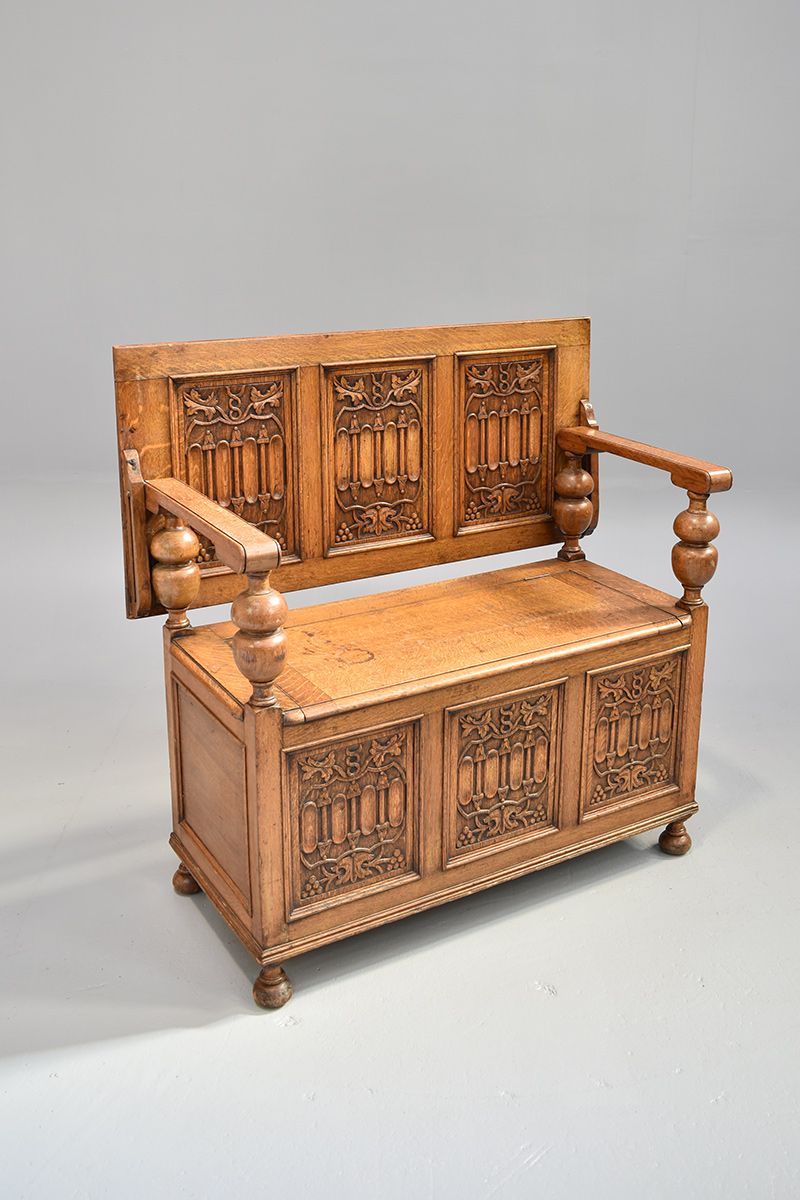
The monk’s bench was a versatile piece of furniture used in medieval times. Featuring a high back and storage space beneath the seat, it served both as seating and storage.
Crafted from sturdy woods like oak, these benches were often found in monasteries and homes, reflecting the simplicity and practicality of the era.
Despite their multifunctional design, modern furniture has overshadowed the monk’s bench. It remains an intriguing historical artifact, offering insight into monastic life and medieval craftsmanship.
12. Pie Safe
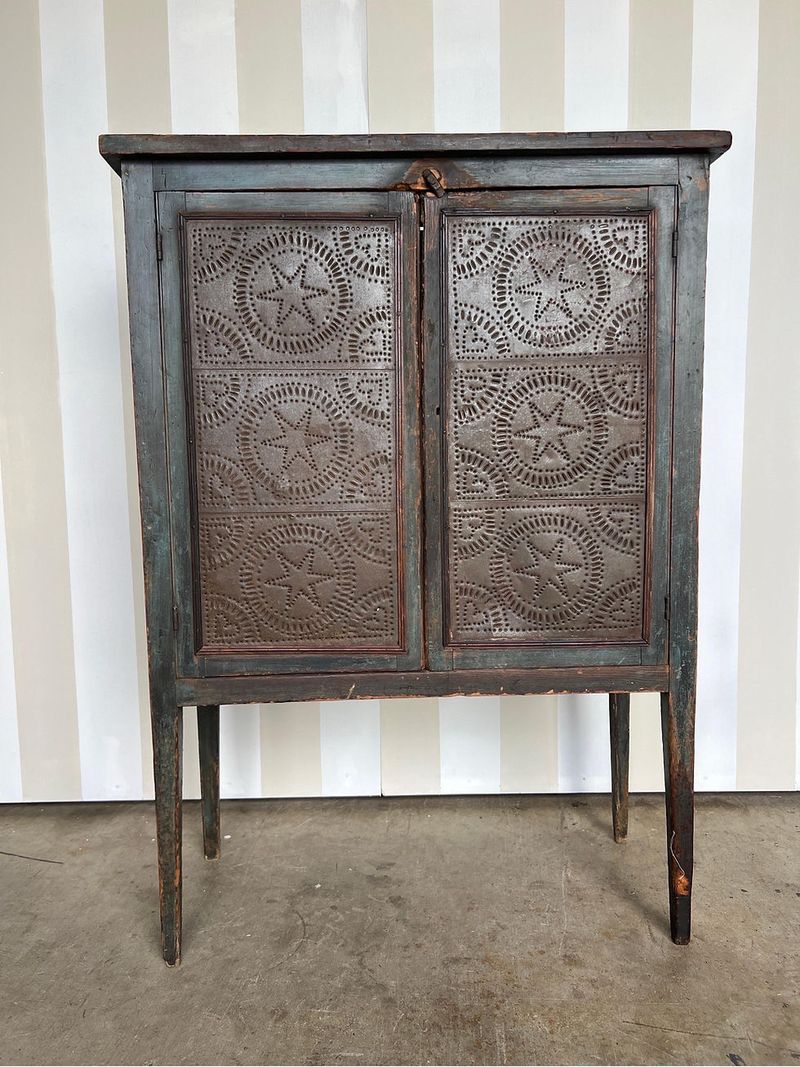
Essential for the 19th-century kitchen, the pie safe was a cabinet designed to store baked goods safely. Its punched-tin panels provided ventilation while keeping pests at bay.
Typically made of wood, it was a common sight in rural homes, where preserving food was crucial. The decorative tin patterns added charm to its practicality.
As refrigeration technology advanced, the pie safe became obsolete, yet it remains a nostalgic symbol of country living and culinary tradition, now sought after by antique enthusiasts.

